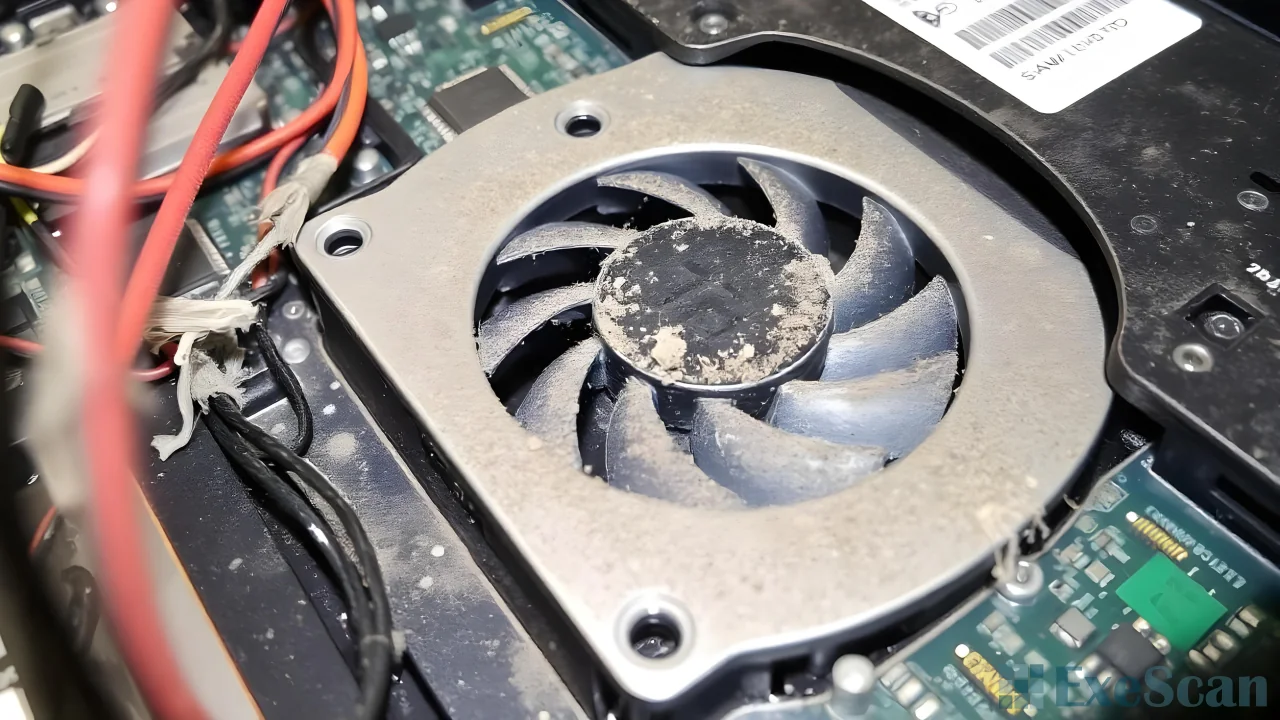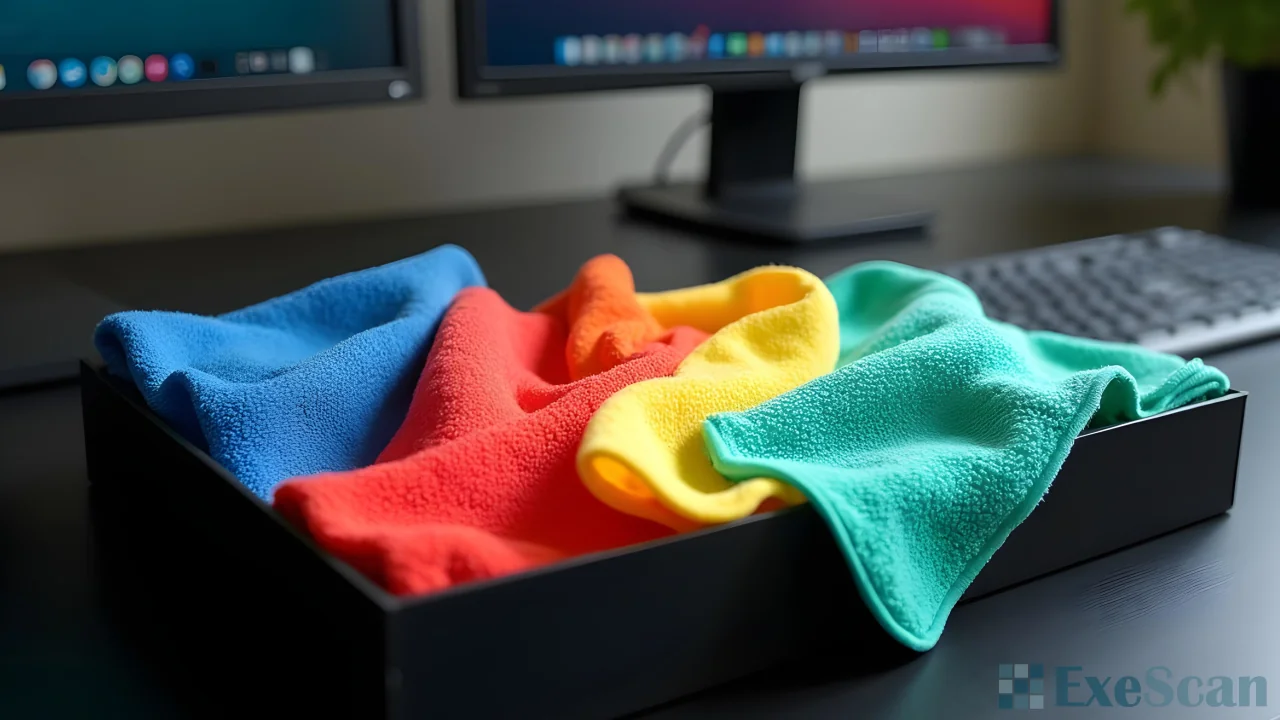Dust can accumulate inside and outside your computer, causing overheating and performance issues. I want to share some practical tips on how to clean your computer from dust, focusing on both internal and external cleaning. This guide will also cover the necessary tools and important things to keep in mind during the cleaning process.
Why Cleaning Your Computer is Important
Over time, dust builds up inside and outside your computer. This dust can block airflow, causing the internal components to overheat. Overheating can lead to performance degradation and even hardware failure. Regular cleaning is essential to ensure your computer runs smoothly and lasts longer.

Tools Needed for Cleaning
Before starting the cleaning process, gather the following tools.
- Compressed air can: This is essential for blowing out dust from hard-to-reach places.
- Microfiber cloth: Ideal for wiping down surfaces without scratching them.
- Isopropyl alcohol (70% or higher): Useful for cleaning stubborn dirt and residue from surfaces.
- Soft brush: Helps to dislodge dust from crevices and components.
- Screwdriver: Necessary if you need to open the case for internal cleaning.
External Cleaning: The First Step
The external parts of your computer are the easiest to clean, but it’s still important to do it right.
Turn Off and Unplug the Computer
Always turn off your computer and unplug it from the power source before cleaning. This ensures your safety and prevents any electrical damage.
Wipe Down the Exterior
Use a microfiber cloth to wipe down the exterior of your computer case. If there are stubborn stains or dirt, lightly dampen the cloth with water or isopropyl alcohol. Avoid using too much liquid, as it can seep into the electronics.
Clean the Keyboard and Mouse
Keyboards and mice can harbor a lot of dust and grime. Use compressed air to blow out dust between the keys. For a deeper clean, use isopropyl alcohol on a cloth or cotton swab to wipe down the keys and the mouse.
Monitor Cleaning
Gently clean your monitor with a microfiber cloth. If there are smudges, a small amount of water or screen-safe cleaner can be used. Never spray liquid directly onto the monitor; instead, apply it to the cloth.
Internal Cleaning: Tackling the Dust Inside
Cleaning the inside of your computer is a bit more complex but crucial for maintaining its performance.
Open the Case
Using a screwdriver, carefully remove the screws holding the case together. Be gentle when opening the case to avoid damaging any components.
Blow Out the Dust
Use the compressed air can to blow out dust from the interior. Start with the fans, as they tend to accumulate the most dust. Hold the fans in place while blowing air to prevent them from spinning, as this can cause damage. Also, blow out dust from the power supply, motherboard, and other components.

Use a Soft Brush for Detailed Cleaning
If there’s dust that the compressed air can’t reach, use a soft brush to gently remove it. Be very careful around delicate components like the motherboard and RAM.
Check and Clean Air Filters
Some computers have air filters to prevent dust from getting inside. If your computer has these, make sure to clean them or replace them if they are too dirty.
Important Tips to Keep in Mind
Avoid Using a Vacuum Cleaner
While it might be tempting to use a vacuum cleaner to suck up the dust, it’s not recommended. Vacuums can generate static electricity, which can damage sensitive computer components.
Be Careful with Liquids
When using isopropyl alcohol or any cleaning liquids, ensure they don’t drip into the computer’s interior. Liquids can cause short circuits and other damage.
Regular Cleaning Schedule
Make a habit of cleaning your computer every few months, depending on your environment. If you live in a dusty area or have pets, you might need to clean it more frequently.
Reassemble Carefully
Once you’ve finished cleaning, reassemble your computer carefully. Make sure all components are securely in place and that all screws are tightened.
Conclusion
Keeping your computer clean is not just about aesthetics; it’s vital for its performance and longevity. By following these simple steps and tips, you can effectively clean your computer from dust, ensuring it runs efficiently for years to come. Regular cleaning, both internal and external, will help you avoid overheating issues and potential hardware failures, making your computer more reliable and extending its lifespan.


